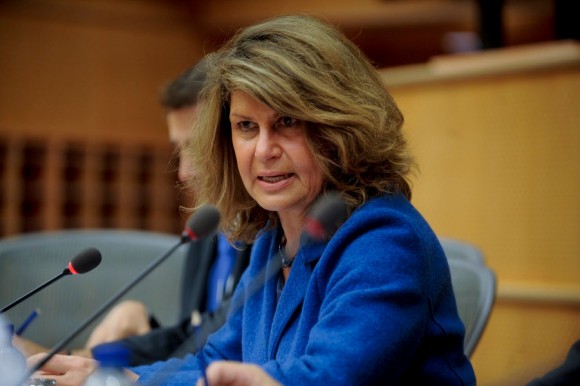Costa, who was at the Karlovy Vary IFF (www.kviff.cz) to present the outline of the Creative Europe programme which goes into effect in 2014, said, “The proposal from the European Commission is unacceptable to us.” She suggested the audience stand up to their MEP’s on the issue.
The overall budget for all programmes will face cuts of only 4 percent. However, the budget for culture would be reduced from 1.8 b EUR to only 1.3 bn EUR. Costa is hoping that internal negotiations will result in a 1.5 bn EUR budget – something closer to 15 percent, rather than some 30 percent in cuts. An internal decision should happen by 12 July, with the final decision on the budget expected in September. Prior to that, Costa said she will be in Strasbourg on 1 July for the approval of regulation covering online cultural content.
European film professionals have been focused on protecting the status of support for the industry, and Costa was reassuring. “The Cultural Exception will continue to be a very important factor,” she said. “Our legal basis makes it possible to defend our cultural heritage.”
The MEDIA Programme will come under the umbrella of the seven year Creative Europe, which Costa said will make it more connected with other aspects of the programme. Creative Europe will see more support for non-profit activities, and will be more open to the inclusion of non-member countries and potential EU candidates such as Serbia, along with an emphasis on transnational projects and activities that connect the private and public sectors. Goals of the programme include greater movement of workers and works of art, strengthening cooperation, supporting film coproductions and distribution in cinemas, dubbing and subtitling of films, audience building (through film education), digitalisation, new models of distribution of a transnational nature, and marketing activities through presence on international markets and innovative sales strategies.
Although some of the guidelines were left deliberately vague (such as measure to “support new business models”) to provide leeway for development over the course of the next seven years, Creative Europe will have one major change that observers said could have a negative impact: less flexibility than that afforded by the current MEDIA Programme.




















